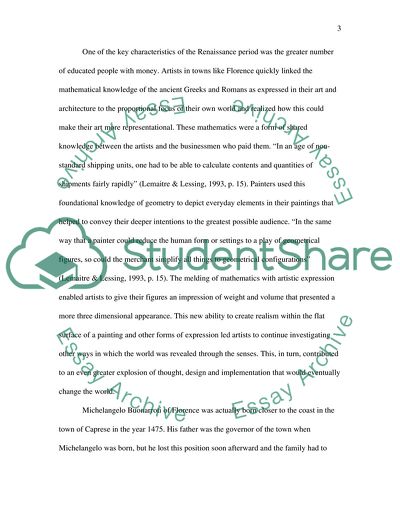Cite this document
(Personality of Michelangelo Buonarroti Research Paper - 1, n.d.)
Personality of Michelangelo Buonarroti Research Paper - 1. Retrieved from https://studentshare.org/visual-arts-film-studies/1753270-michelangelo-buonarroti
Personality of Michelangelo Buonarroti Research Paper - 1. Retrieved from https://studentshare.org/visual-arts-film-studies/1753270-michelangelo-buonarroti
(Personality of Michelangelo Buonarroti Research Paper - 1)
Personality of Michelangelo Buonarroti Research Paper - 1. https://studentshare.org/visual-arts-film-studies/1753270-michelangelo-buonarroti.
Personality of Michelangelo Buonarroti Research Paper - 1. https://studentshare.org/visual-arts-film-studies/1753270-michelangelo-buonarroti.
“Personality of Michelangelo Buonarroti Research Paper - 1”, n.d. https://studentshare.org/visual-arts-film-studies/1753270-michelangelo-buonarroti.


